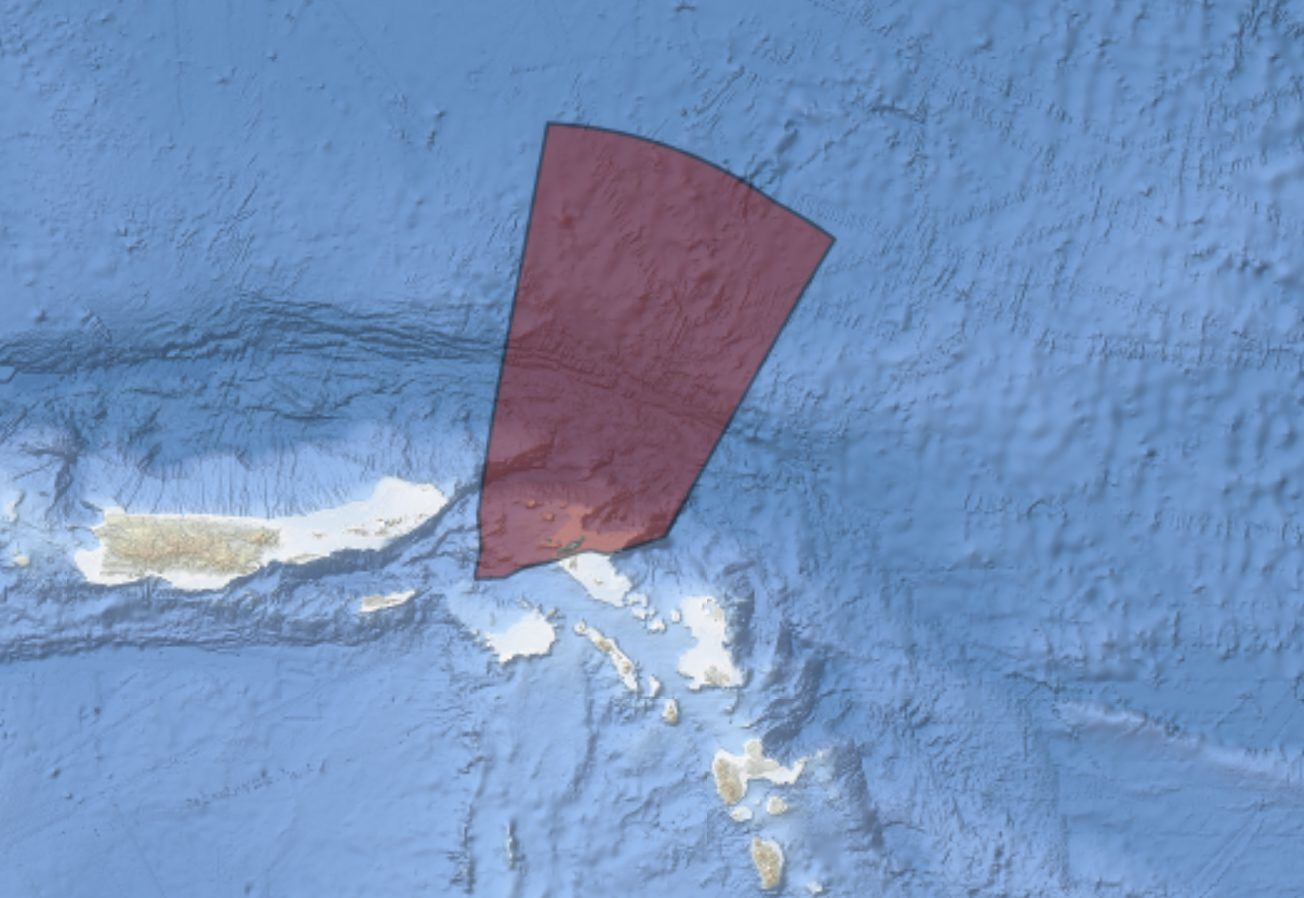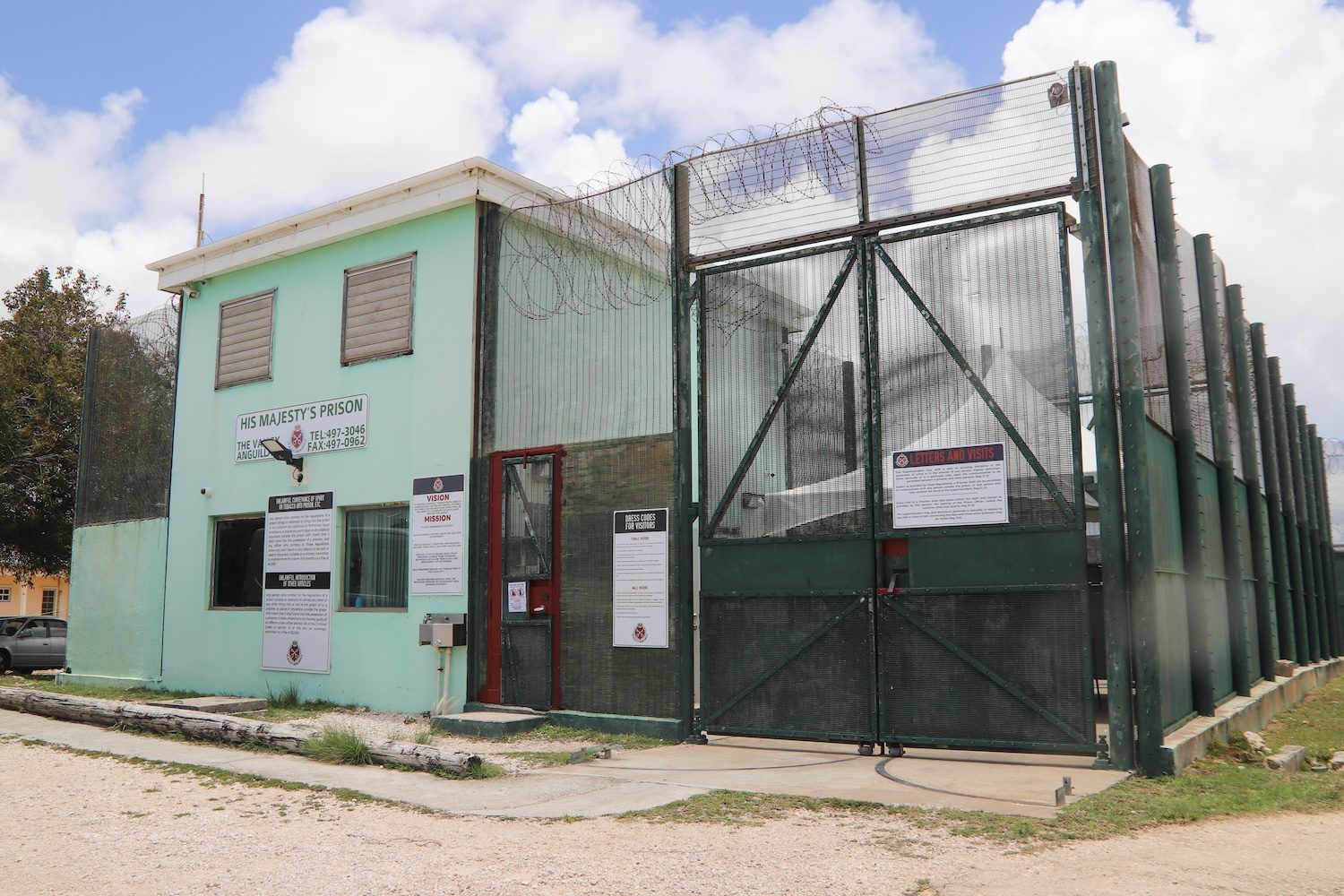The Executive Council has instructed two government agencies to begin work to formally establish an exclusive economic zone (EEZ) around Anguilla.
The move will give the territory sole rights over the exploration and use of its marine resources – on the water, on the seabed and in the subsoil.
This could open the door to regulated fishing, oil and gas exploration, seabed mining, and the development of renewable energy projects such as offshore wind farms.
EEZs are areas of the sea, generally extending 200 nautical miles from a nation’s coastline, that are reserved under the United Nations Convention on the Law of the Sea.
We keep our core content free for everyone – but our members get access to even more! Click here to join today and support independent journalism.
Anguilla’s EEZ has long been recognised, and its boundaries defined under international treaties with neighbouring territories.
However, domestic legislation and enforcement frameworks remain undeveloped.
The council’s directive during its 10 July meeting tasks the Ministry of Economic Development and the Maritime Unit “to begin the process of establishing an exclusive economic zone”.
The area includes Anguilla’s territorial waters – which extend 12nm from the coastline, the contiguous zone – which extends from 12 to 24nm, as well as the Caribbean Sea and the Atlantic Ocean.
It borders St Martin, St Barts and the US Virgin Islands to the south – as written in official treaties – as well as the BVI to the west, Antigua and Barbuda to the east and Saba to the south – in calculated boundaries.
Although Anguilla would have exclusive rights to use the area for economic purposes, other countries may still navigate freely, lay submarine cables and pipelines, and fly over the area.
The council also noted that special buoys with lights have already been acquired for safety in key areas in Anguilla’s waters, according to the minutes published on 23 July.
Future actions are likely to include drafting legislation, engaging stakeholders, and mapping operational zones to manage fisheries, energy, and maritime industry activities.





